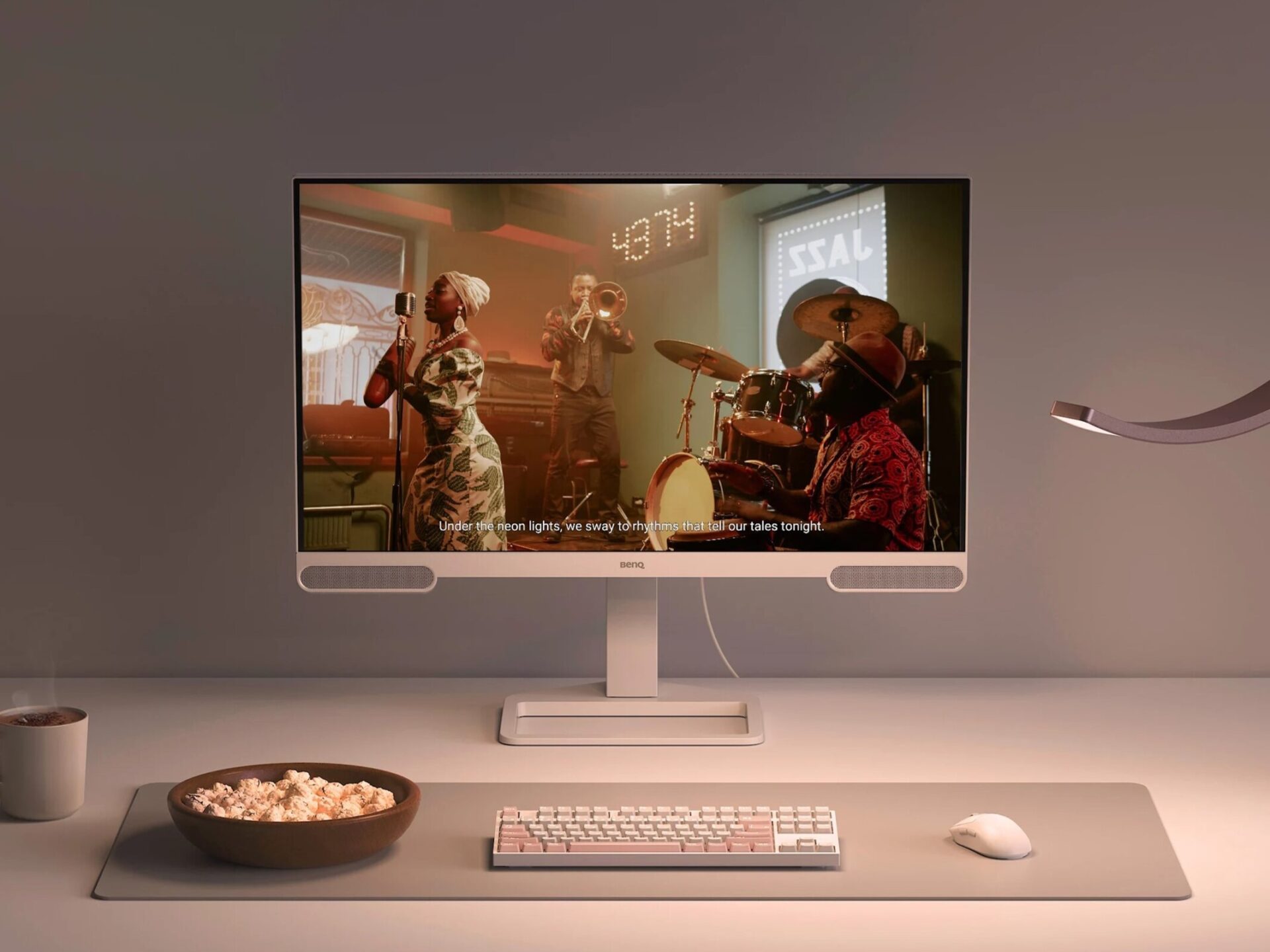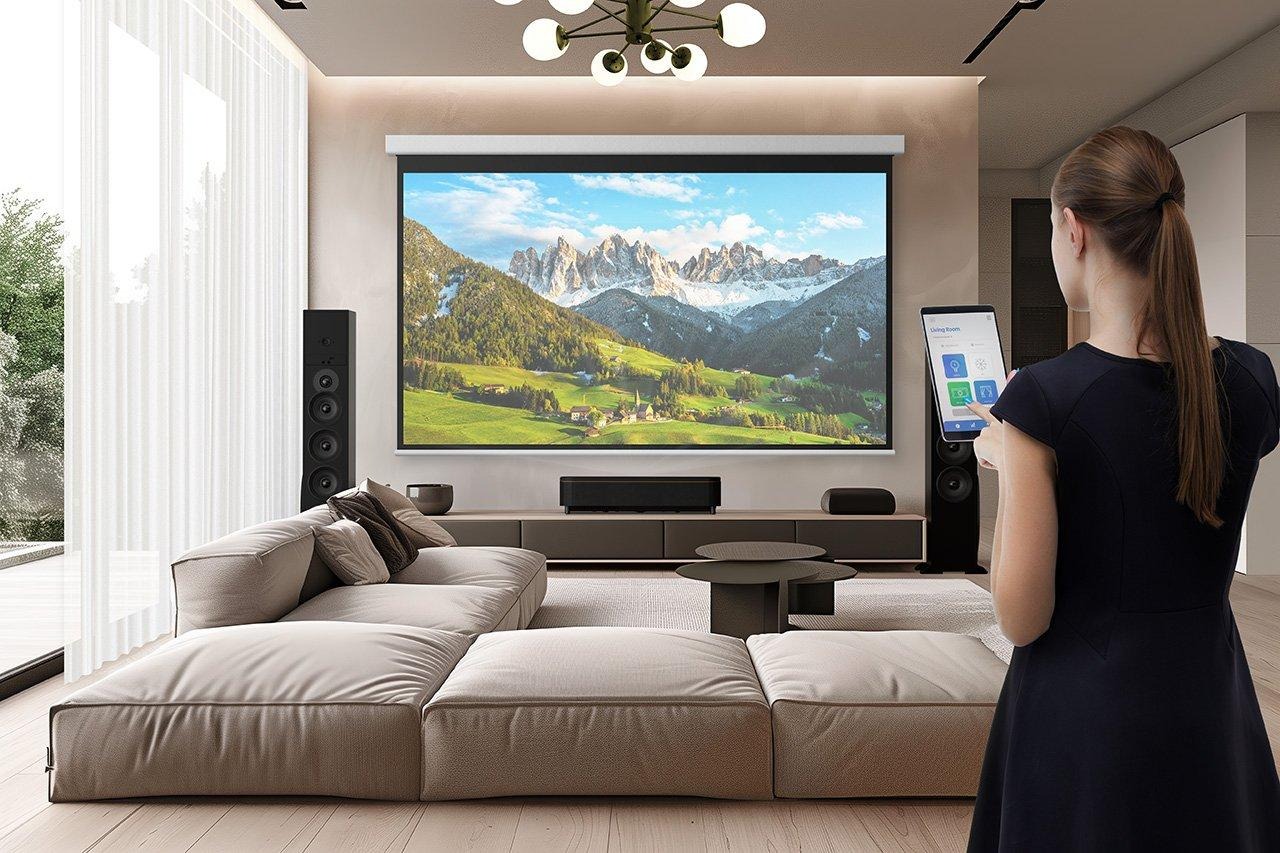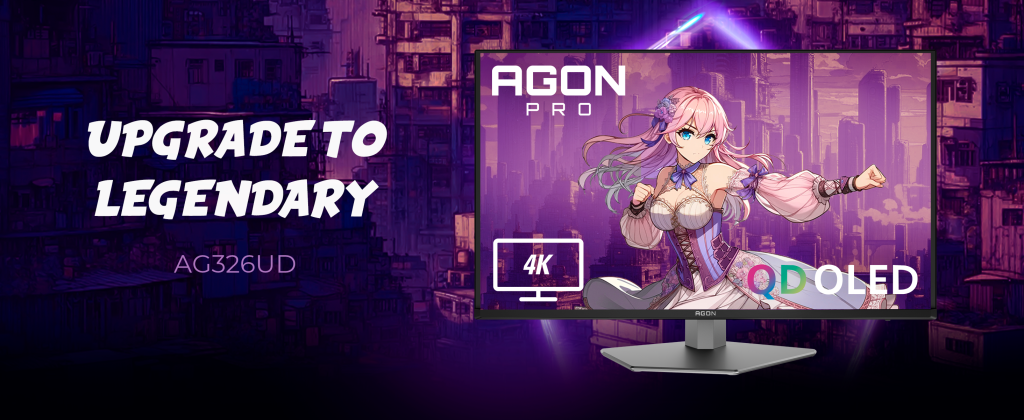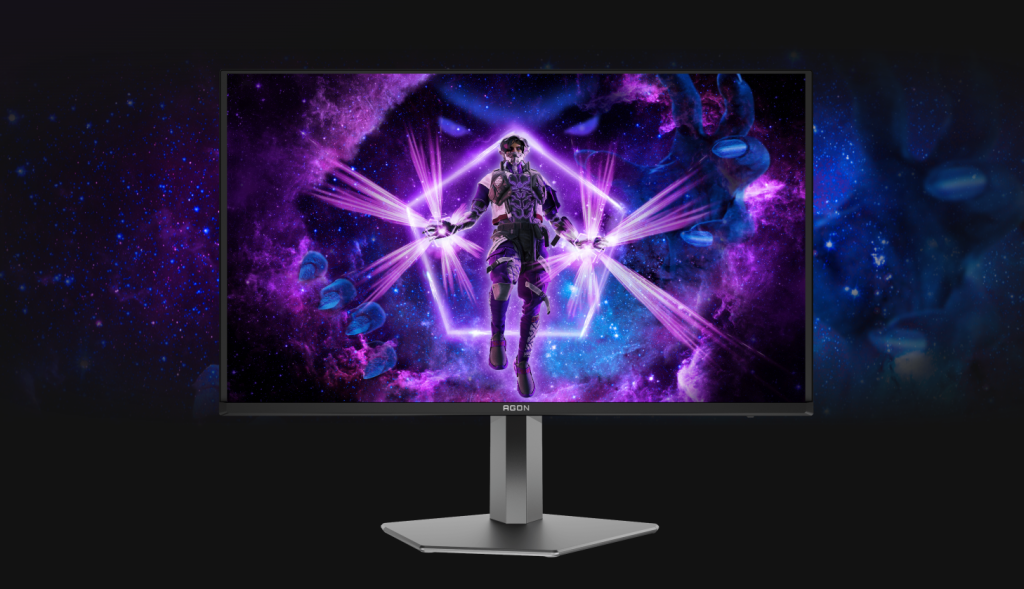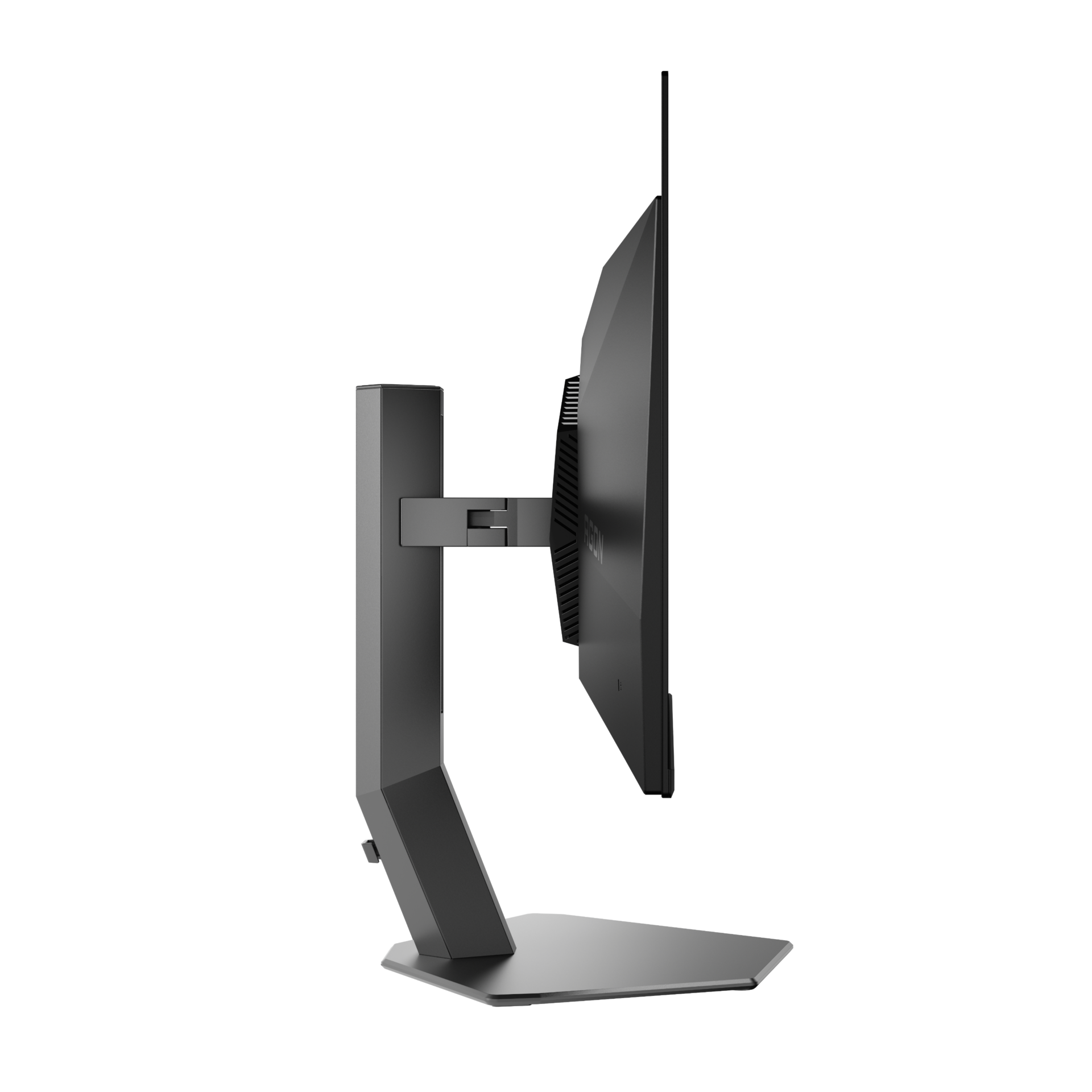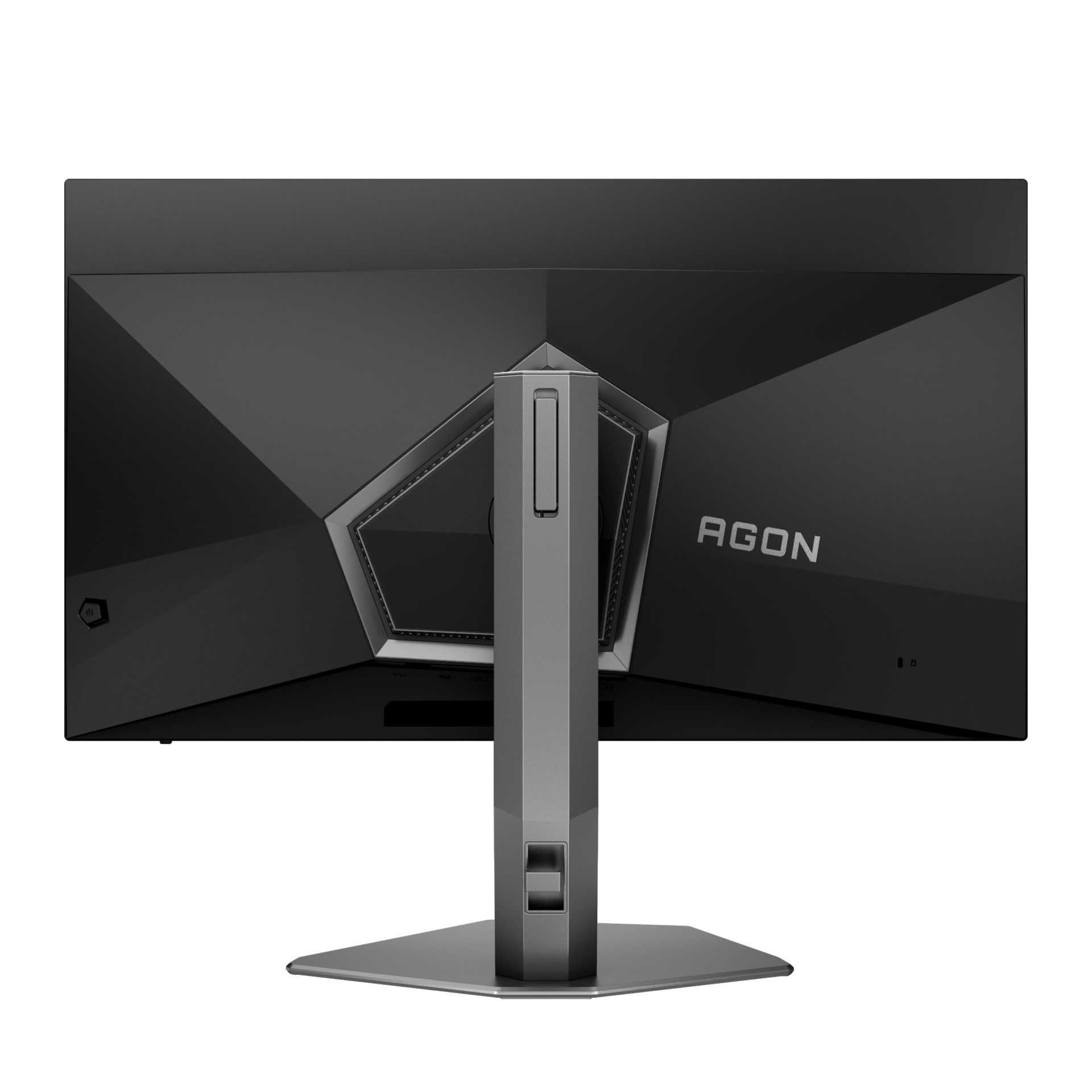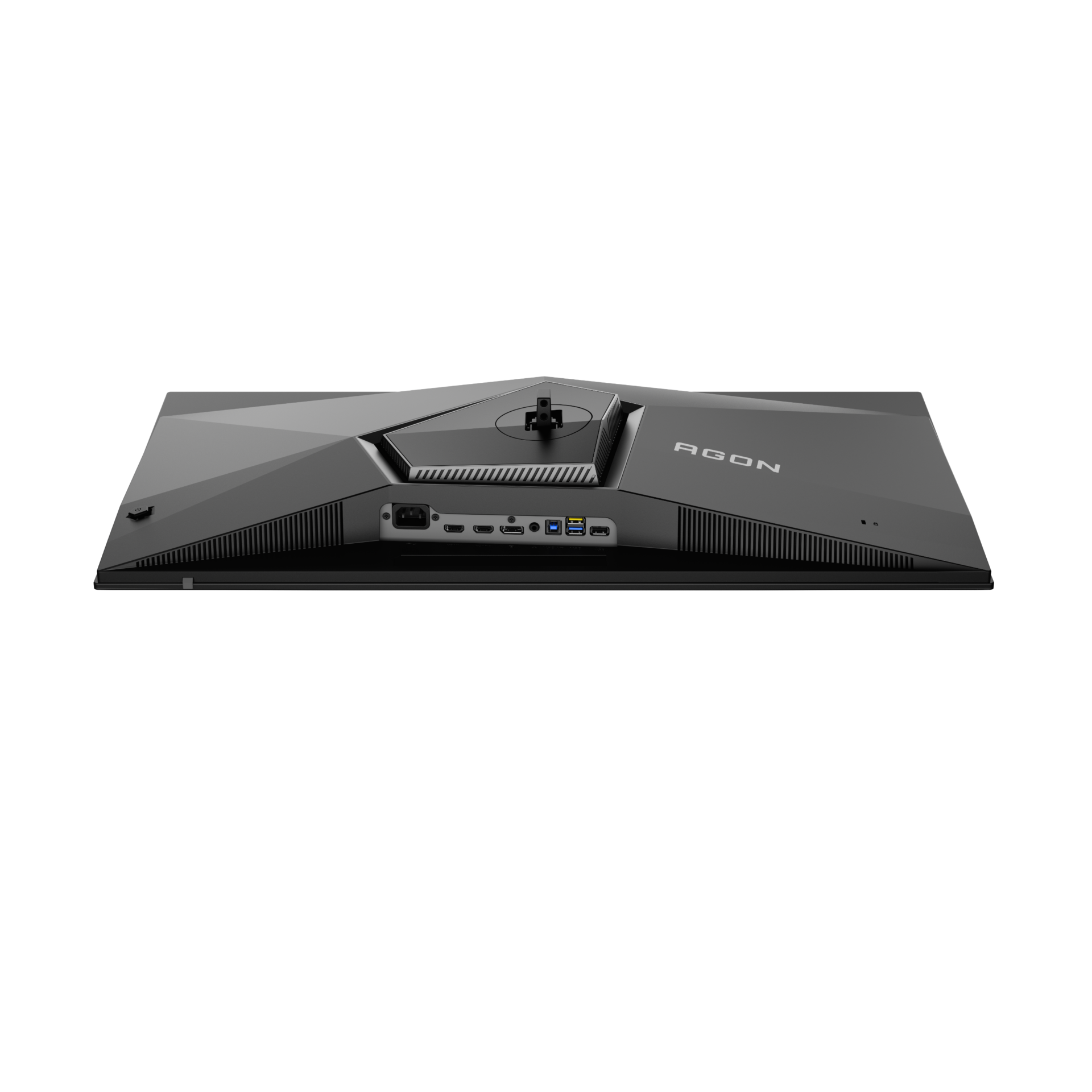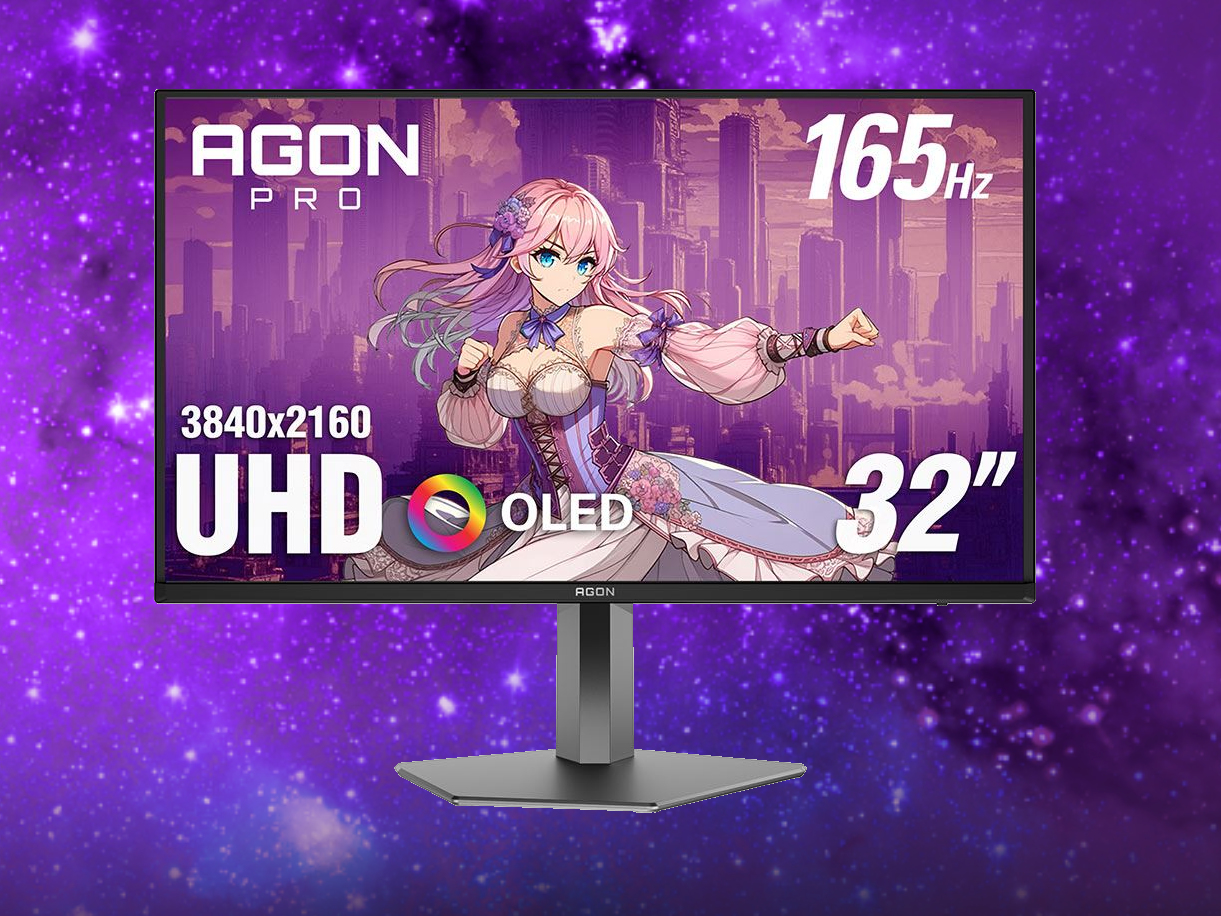TCL has unveiled its new QD-Mini LED TV lineup, named the TCL T6L, specifically for the Chinese market. These televisions are priced starting at 2,899 yuan ($398) and are available for purchase on JD.com. Let’s dive into their main features.
TCL T6L TV Features
The TCL T6L series includes different model sizes: 55-inch, 65-inch, 75-inch, and 85-inch. They all offer 4K resolution and cutting-edge QD-Mini LED technology, boasting up to 420 local dimming zones that provide extraordinary brightness, contrast, and image clarity.
These TVs support peak XDR brightness levels of up to 1300 nits with the Quantum Dot Pro 2025 tech, presenting vibrant and realistic colors while achieving a 96% DCI-P3 color gamut for high-level accuracy. This means the colors are vivid and stay true over time with little fading.
Advanced Technology for Better Viewing
TCL has included its own Core Aggregated Light Chip in these TVs, boosting brightness by 53.8% and enhancing energy efficiency by 10%. The series is also equipped with a fourth-generation Micro-Concentrating Lens, which helps maintain accurate light control.
Additionally, they utilize a CSOT HVA panel that boasts a striking 7000:1 contrast ratio, which surpasses that of standard IPS displays. The TVs are also ultra-slim, measuring only 60mm, making them perfect for mounting on walls.
These televisions operate on TCL’s Lingkong System 3.0, which is an intelligent operating system that allows for smooth navigation and personalization. The system removes boot-up advertisements and includes user-friendly features such as dynamic widgets, GameBar, and tools for high-performance gaming. They can handle refresh rates of up to 288Hz, making them perfect for fast-action gaming, sports, and movies.
Superior Audio Experience
For sound, the T6L series provides a 2.1-channel Onkyo Hi-Fi audio system with a standalone subwoofer, creating deep bass and crisp sound. They carry Dolby Vision and Dolby Atmos certifications, ensuring film-quality visuals and enveloping audio.
The TVs also feature TCL’s Wanyi Halo technology for accurate light management, minimizing halo effects and improving overall picture clarity. Additionally, they integrate TCL’s Fuxi AI large model, which enhances both audio and video quality using advanced AI algorithms. The AI fine-tunes HDR/SDR content, identifies scene components, and modifies soundscapes for an immersive viewing experience.
Connectivity and Performance
The T6L TVs come with a full connectivity package, including 4 HDMI 2.1 ports, 2 USB ports, and eARC support, making them compatible with gaming consoles, PCs, and sound systems. They run on a quad-core A73 processor, Mali-G52 graphics, 4GB of RAM, and 64GB of storage, ensuring smooth performance across multimedia tasks.
Pricing & Availability
The TCL T6L QD-Mini LED TVs are offered in four sizes:
- 55-inch: 4K 240Hz, 1100 nits brightness, 180 local dimming zones – 2,899 yuan ($398)
- 65-inch: 4K 288Hz, 1100 nits brightness, 242 local dimming zones – 3,699 yuan ($508)
- 75-inch: 4K 288Hz, 1300 nits brightness, 312 local dimming zones – 4,799 yuan ($658)
- 85-inch: 4K 288Hz, 1300 nits brightness, 420 local dimming zones – 6,199 yuan ($851)
Recently, TCL also introduced the Projector A1, offering a compact solution for big-screen entertainment.



